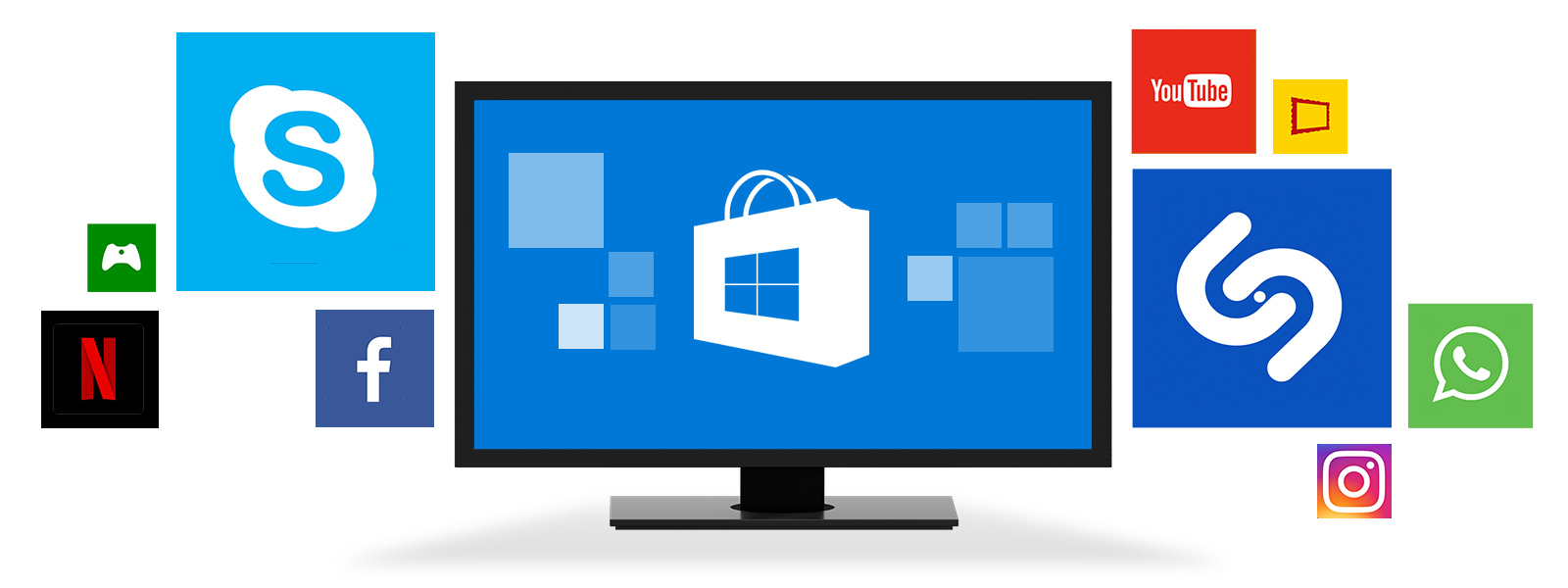Microsoft: "The Store is ... not the only way Windows users will be able to get apps."
2 min. read
Updated on
Read our disclosure page to find out how can you help MSPoweruser sustain the editorial team Read more

The Microsoft Store and UWP apps are intimately entwined since the Store was originally intended to be the only source of so-called Modern UWP apps.
It is therefore fitting that the future of both would be doubted at the same time.
In an interview with Mary Jo Foley, Microsoft’s Kevin Gallo, Corporate Vice President of the Windows Developer Platform, tried to put some of those concerns to rest, though seemingly not very successfully.
He noted that it was a mistake to reserve features such a touch, inking and resolution independence for UWP apps, and thereby forcing developers to choose the bulk of Windows users or modern features.
“We shouldn’t have gone that way,” he told Foley.
Now Microsoft is working to give Win32 applications, including Windows Forms and Windows Presentation Foundation (WPF) technologies, access to these features, with Gallo noting that they were not deprecating UWP, but instead, Win32, UWP, Windows Presentation Foundation are all “elevated to full status.”
Microsoft had earlier announced that “non-packaged Windows desktop apps are going to be able to use Windows Runtime (WinRT) components. This will be turned on simultaneous with Windows 10 1903 (the May 2019 Update).”
“By the time we are done, everything will just be called ‘Windows apps,'” Gallo said. “We’re not quite there yet.” But the ultimate idea is to make “every platform feature available to every developer.”
And what about the Store.
“The Store is about commerce. It’s another channel for distribution,” he said. “You can trust apps differently. They don’t need to be in the Store. People really just want to know if Microsoft considers an app good.”
This is, of course, a major turn around given that Microsoft just two years ago launched an operating system which was tied to the Microsoft Store for all their apps.
Mary Jo concludes:
The days of trying to push Windows developers to build and/or repackage their apps to be UWP/Store apps seemingly are over.
Read the full interview here.








User forum
0 messages